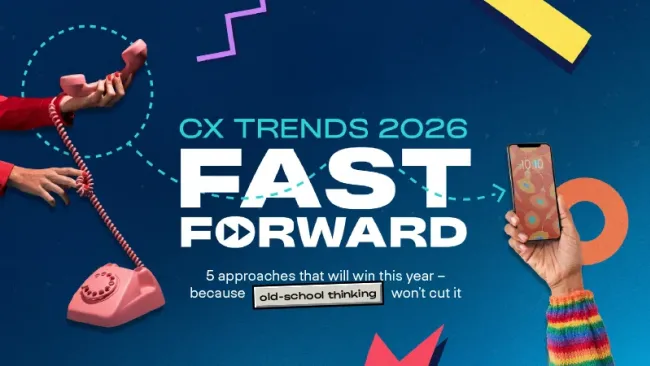The belief that companies must “delight” their customers has become so ingrained in business practices that companies rarely question it. But how often do consumers patronize a company mainly for its over-the-top service? While a few examples may exist, it’s far more common to hear of customers who abandon businesses due to awful service.
In other words, loyalty has more to do with how well companies deliver on their basic promises than an extraordinary service experience. Customers are also looking for a personalized experience that meets their needs—not generic perks. However, many companies have failed to understand the difference and pay a high price in wasted resources and lost customers. Here, we’ll outline the pitfalls to avoid and explain how to engage customers more effectively and sustainably.
Myth vs. Reality
There are plenty of stories about associates who went beyond the call of duty to rush a delivery or wrote a heartfelt note to a customer. While examples of dazzling customer service make great headlines, these efforts are inconsequential if the average customer experience is full of friction and poorly executed.
Research has shown that delighting customers doesn’t build loyalty but making it easy for customers to get their problem solved quickly, does. In fact, increased friction or points of frustration within the customer journey are four times more likely to drive disloyalty, reports the Customer Contact Council. Simply put, customers don’t care if retailers package their order in a decorative box with scented tissue paper if it’s delivered late or the order is incorrect.
How to Fix It
The first step is to change the purpose of customer service interactions. Telling associates to always exceed customers’ expectations is likely to lead to confusion, wasted time and effort, as well as costly giveaways. Framing an associate’s job in terms of creating a frictionless experience for the customer is more effective; be sure to provide clear examples that are germane to your business and biggest engagement drivers. This gives employees a better foundation for action.
Doing so also helps the company identify inefficient practices and focus on relevant customer experiences. Eliminate ANYTHING that creates problems or less than ideal outcomes. Map out the customer touch points step by step and you’ll quickly identify opportunities that will help you naturally dazzle your customers. Also, remove touch points that can be fulfilled through well designed self-service strategies that leverage better data, access, intelligence, and knowledge bases.
For example, instead of requiring customers to enter their username and password every time they contact your business, offer thumbprint authentication, two-factor authentication, or another secure and easy way for them to identify themselves. Or when a valued customer (and potential brand advocate) engages in support through his or her desktop browser, mobile app, or handheld device – make sure all of the prior interactions and purchase information are already noted and not requested – again – for something the company should already be aware of.
Consider Context
It is also important to understand the context of the customer relationship. Customers at a quick-service restaurant, for instance, might appreciate a loyalty card that rewards them with a free coffee for every 10 purchases, but customers that are buying seasonal products may have different expectations.
Moreover, amazing experiences do not have to and should not be driven by economic freebies. Think of an excellent support experience you’ve had which didn’t include a special incentive. Experiences like these are possible when you know your customer (KYC) – and show customers that you understand their preferences and needs in a way that resonates with them.
Deliver Added Value (Strategically)
If done right, offering an “added-touch” or “added-value” can elevate the user experience without exhausting the company’s resources. One way is to segment the customer base with tiered levels of support, otherwise known as the “good, better, best” categories.
Communicate to customers that they’ll receive a reliable service or product at any level, but loyal members or those willing to pay an additional cost can receive added features or personalized services. Certain customers will sign up for the better or best options because they want the special attention even if it means paying more. Think of platinum or elite member credit cards, gold and platinum level airline members, elite hotel guests, etc.
It’s also important to include the desired customer experience with the service or product. Bake in the cost of this so it’s easy to do. Furthermore, most companies focus on the features and benefits of what they create but overlook the best ways to engage customers. Be different and use some of that creativity and out-of-the-box thinking to find the best way to engage.
It’s unquestionable that customers enjoy perks and glitzy experiences but there’s a caveat. Over-the-top experiences mean little to customers if their basic needs and expectations aren’t being met. Empowering your employees or brand ambassadors of customer love with the right objectives and cutting out inefficient practices will do a lot more to reduce costs, drive profitable revenue, and earn customer loyalty than a superfluous offer any day.
Like this post? Subscribe to our customer experience blog.
Also, check out the most recent issue of our monthly customer experience eNewsletter, Dialogue.
Why Delighting Customers Needs a Caveat















